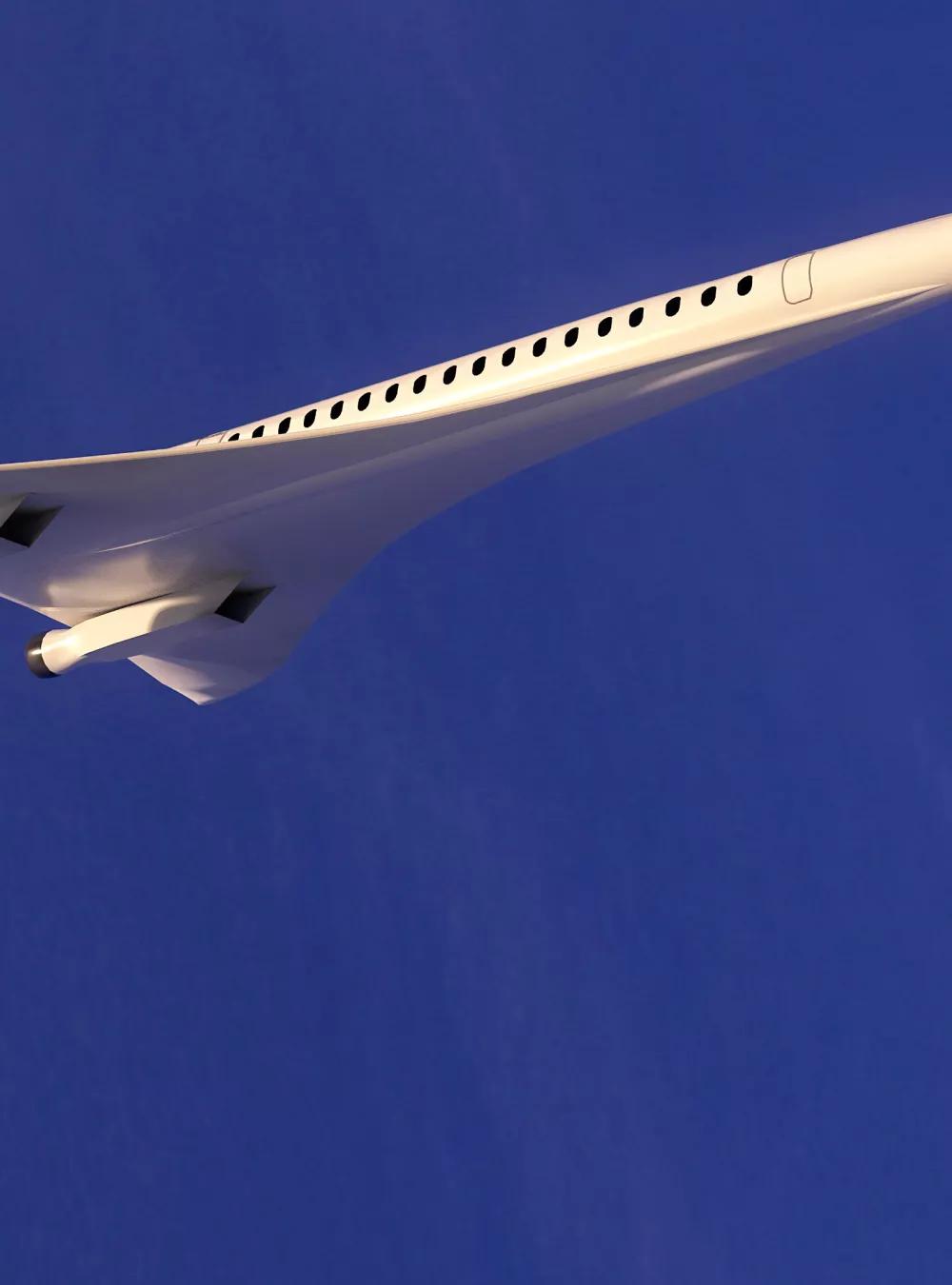A MITRE-developed capability is providing insights into aviation safety and efficiency issues across the globe.

Spurring Global Aviation Safety and Efficiency Gains Through Data Exploration
Data—a lot of it—is the key to unlocking aviation safety and efficiency gains wherever aircraft fly. At MITRE, we’ve tapped into the power of data with a capability that’s delivering decision-support insights to aviation authorities at home and abroad.
“MITRE Global Flight Informatics [MGFI] uses multiple aviation data sources, advanced data fusion, and analytics to provide new insights into aviation safety, security, efficiency, and capacity challenges around the world,” explains project leader Saam Ahmadi.
“MGFI grew out of the need for worldwide harmonization of safe and efficient aviation operations. We created it to provide a global perspective. With the analyses MGFI enables, you can see outside your normal lens.”
Providing a broad, objective, and trusted view of complex issues to government is part of MITRE’s long history as the operator of multiple federally funded research and development centers. Our decades of expertise with data collection and analysis for the Federal Aviation Administration also provided a strong foundation for our MGFI work.
“We have so much experience with different types of aviation data that we understand its nuances and the kinds of answers our sponsors are seeking,” Ahmadi explains. “It was very natural for us to extend that expertise to a more global perspective.”
Global Data Sets Form the Foundation
MGFI is built on multiple sources of data. At its core is aircraft trajectory data, obtained from a global network of sensors. “That provides us with aircraft position information for the vast majority of flights occurring worldwide,” Ahmadi says.
To create a more comprehensive view, MITRE also collects global weather, terrain, flight procedure, aircraft, navigational, and scheduling data. Then we fuse all that data together.
“MGFI isn’t just a repository of raw data that a user can query,” Ahmadi says. “When we talk about fusion, we mean that we create the connections between the aircraft’s trajectory and all the relevant data, so the user doesn’t have to.”
For instance, if an aviation analyst wants to know about a flight traveling from Hong Kong to London, MGFI connects its trajectory to information about the weather that occurred along its route, the terrain it passed over, and the configuration of the runways at the airport where it landed.
“We then package that information into dashboard views or ‘analytics’—plots, graphs, maps, and tables—that enable the analyst and the customer to begin answering the questions they have about the flight,” Ahmadi explains.
Identifying Global Patterns
MITRE also uses MGFI to detect patterns. “We can focus an analysis on a country, region, airspace, airport, runway, aircraft, aircraft type, or airline,” Ahmadi says.
MGFI could examine a day of arrivals at Brazil’s Sao Paulo/Guarulhos International Airport, for example. “By plotting those flights on a map, our analysts can see recurring elements, such as the altitudes and locations where holding patterns are most common,” Ahmadi says. MGFI can also calculate the impact of holding on each flight—such as the extra time and distance flown and the accompanying fuel costs—all of which can then be investigated and addressed.
MGFI can be focused much more broadly too, such as on a country or region—or on a global safety or efficiency issue.
An example is MGFI’s ability to identify events where two aircraft flew too close to one another—known in the aviation industry as loss-of-separation events. Using the massive trajectory database within MGFI, analysts can easily identify these events using aircraft positions and altitudes. They can also examine these events to determine whether they represent precursors to more serious safety incidents.
“Our analysts can answer specific questions, such as: Near which airports or in what sections of airspace do aircraft commonly lose separation?” Ahmadi says.
MITRE has already identified these loss-of-separation hotspots and shared that information with the international Civil Air Navigation Services Organisation (CANSO) to inform efforts to improve aviation safety globally.
Our analysts can explore a variety of other safety risks with MGFI as well. “For instance, we use algorithms to detect flights that had to abort a landing, that attempted to land at too fast a speed, or that came too close to terrain,” Ahmadi says.
Benchmarking for Safety and Efficiency Awareness
MGFI can also provide benchmarks that an air navigation service provider (ANSP) or airport can use to compare its own performance to others.
As with all MGFI capabilities, benchmarking is based on standardized data. Benchmarks are created by comparing (for example) an airport to a dozen other airports with relatively similar operations.
“Armed with insights as to how its performance compares with others in its cohort, an airport or ANSP could investigate and make improvements in underperforming areas,” Ahmadi says.
At a more global level, the MGFI benchmarking data could help organizations such as CANSO target their efforts where they can make the biggest difference.
Aviation will always be a global economic engine—connecting people, goods, and industries across international borders. By providing a comprehensive view of air traffic operations across the globe, MGFI can help every nation make its skies safer and more efficient.